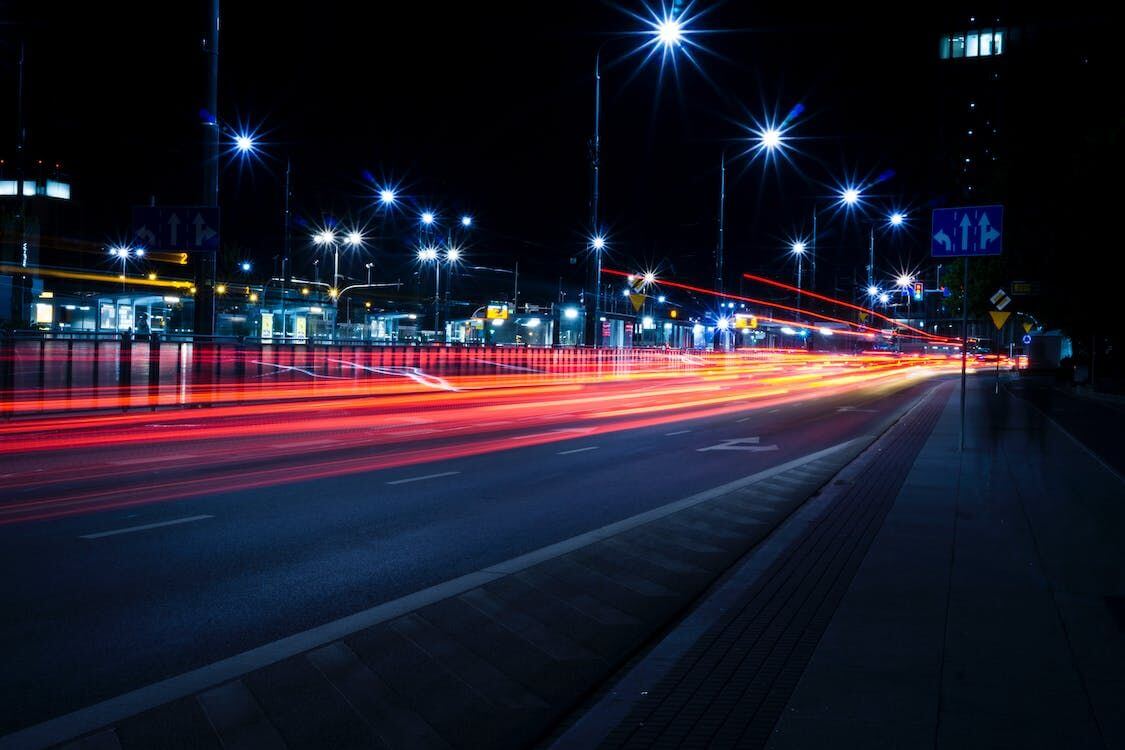History was made on the evening of September 3, 1880, on a field known as Strawberry Hill, situated roughly fifty miles from Boston. A group of department store workers engaged in a game of catch, a seemingly ordinary pastime. Little did they know that their casual game would go down in history, still remembered and discussed 135 years later.
The ballplayers and spectators gathered, and something remarkable was about to unfold. This was the world’s first-ever night baseball game, and it was made possible by the brilliance of electric lights. Join us as we recount the story of this historic match and the evolution of night baseball.
Contrary to popular belief, the credit for introducing the first electric lights for mass use does not solely belong to the legendary inventor Thomas Edison. While Edison did invent the first commercially viable light bulb, other companies were also exploring electrical illumination at that time. One such company was the Northern Electric Light Company of Boston, which employed electric arc lamps and Weston machinery.
In the 1870s, the English electrician Edward Weston made significant advancements in dynamos, electrical generators that produced direct current power using commutators. His innovative work, patented in 1875, dramatically increased the efficiency of dynamos.
When he showcased electric lamps powered by dynamos at the Centennial Exposition in Philadelphia in 1876, they garnered limited attention. Undeterred, Weston moved to the United States in 1877, establishing his workshop in Newark, New Jersey, near Edison’s Menlo Park laboratory. He strategically placed his electric arc lamps, including on the observation tower of Newark’s central fire department and in prominent locations like Military Park in 1878 and Boston’s Forest Garden in 1879, where they received orders.
Whether the Weston Electric Light Company and the Northern Electric Light Company were separate entities or collaborators remains unclear. Nevertheless, both were adept at advertising and promotion, and the September baseball game presented a perfect opportunity to showcase the capabilities of Weston equipment.
The game featured teams from the renowned Boston department stores, Jordan Marsh and R.H. White. Back in those days, most “professional” teams comprised company employees recruited to play for bragging rights. Jordan Marsh & Company, known for its blueberry muffins and other delectable baked goods, was a beloved establishment in the area. Its primary rival, the R.H. White Company, operated a massive downtown store. The Electric Light Company offered a purse of $50 (equivalent to approximately $1,300 today) to incentivize the competition.
On September 3, Northern Electric Light Company workers erected three wooden towers near Hull, Massachusetts’s Nantasket Beach to provide an elevated view of the Strawberry Hill area. According to the Society for American Baseball Research (SABR), these towers were placed 500 feet apart, forming an “equilateral triangle.” Each tower stood at a height of 100 feet and was illuminated by a single row of 12 electric lights based on the Weston patent.
The claim was that each light bulb could replace 2,500 candles, resulting in a combined illumination of 90,000 candlelights from three towers. Small dynamos housed in a shed generated the necessary “motive power,” equivalent to 36 horses. The vision was to demonstrate a model for illuminating large urban areas overhead, with four towers per square mile producing a light intensity almost equal to midday.
Shortly before the game, stores decided to prohibit their employees from participating. Nonetheless, the players gathered and played “sub rosa,” Latin for “under the rose” or “in secret.” This clandestine approach was adopted because revealing player identities could have jeopardized their employment. The game’s official scorer, writing about it 30 years later, refrained from naming players, citing that some might still have been employed by the companies that provided players for the match.
The Spectacle and Its Challenges
The exact number of fans in attendance remains uncertain, with estimates ranging from 300 to 500. It was evident that the spectators were drawn not so much by the baseball itself but by the mesmerizing display of electric lights. From a publicity perspective, the game was a resounding success. However, when it came to the quality of play, it fell short of expectations.
Reporters covering the game raised concerns about the brightness of the lights in the newspapers the following day. They noted that “the batting was weak, and the pitchers were poorly supported” due to the “uncertain light,” likening it to “moonlight.” Reporter Preston Orem succinctly captured the sentiment of the time, stating, “The light was quite imperfect, and there were lots of errors made.” Players had to exercise caution both at bat and in the field. Unfortunately, the limitations of the lighting technology failed to deliver an exciting game, leaving reporters unanimous in their skepticism about the feasibility of night baseball.
After nine innings, the game was deadlocked at 16-16. Fearing that increasing darkness might lead to an accident, the two teams agreed to call it a tie. There was also the matter of the last ferry to Boston departing at 10 o’clock, and the players didn’t want to miss it. In recognition of their efforts, the energy company hosted a feast for the players and officials after the game, likely back in Boston, as a token of appreciation for their participation.
The Birth of Night Baseball
The story begins in Cincinnati on May 24, 1935, when the Cincinnati Reds faced off against the Philadelphia Phillies in a game that would forever change the course of baseball history. Under the glow of newly installed floodlights, the Reds emerged victorious with a final score of 2-1. It was the first-ever night game in Major League Baseball (MLB), a milestone that captured the imagination of fans and paved the way for countless evening contests to come.
Night baseball quickly became a game-changer, providing access to millions of fans who previously couldn’t attend daytime games due to work and other commitments. The advent of television further fueled the popularity of night games, as larger audiences tuned in to watch their favorite teams under the lights. This surge in viewership led to a shift in scheduling, with MLB embracing nighttime contests to accommodate its growing fan base.
World Series Under the Lights
While daytime World Series games had long been the tradition, the landscape began to change in 1971. Game 4 of the 1971 World Series, played at Pittsburgh’s Three Rivers Stadium, marked the first scheduled night World Series game. Television audiences, larger during nighttime hours, played a pivotal role in this shift. Subsequently, night games became a standard feature of the World Series, transforming the championship series and enhancing its appeal to fans worldwide.
Lighting Up the Diamond
In the early days of night baseball, floodlights emerged as the go-to technology to extend play into the evening hours. These powerful lights transformed the game, allowing fans to witness the action long after sunset. Floodlights made their debut at Cincinnati’s Crosley Field in 1935, forever altering the course of baseball history and setting the stage for the future.
Modern Illumination Techniques
Fast forward to the present day, and we find ourselves in the era of advanced lighting systems, including energy-efficient LED technology. These modern illumination techniques have not only enhanced visibility for players and fans but also significantly reduced energy consumption and environmental impact. The transition to LED lighting represents a giant leap forward in night baseball technology.
Environmental Considerations
While the quest for brighter and more efficient lighting continues, so does the commitment to environmental sustainability. Stadiums are increasingly adopting energy-efficient lighting solutions that balance providing the necessary illumination for baseball games and minimizing their carbon footprint. The goal is to preserve the game we love while safeguarding the planet for future generations.
From the pioneering floodlights to the eco-friendly LED systems, the technology behind night baseball continues to evolve. The stadiums that have hosted night games, from iconic classics to modern marvels, stand as witnesses to the enduring appeal of baseball, where the thrill of the game knows no bounds,

